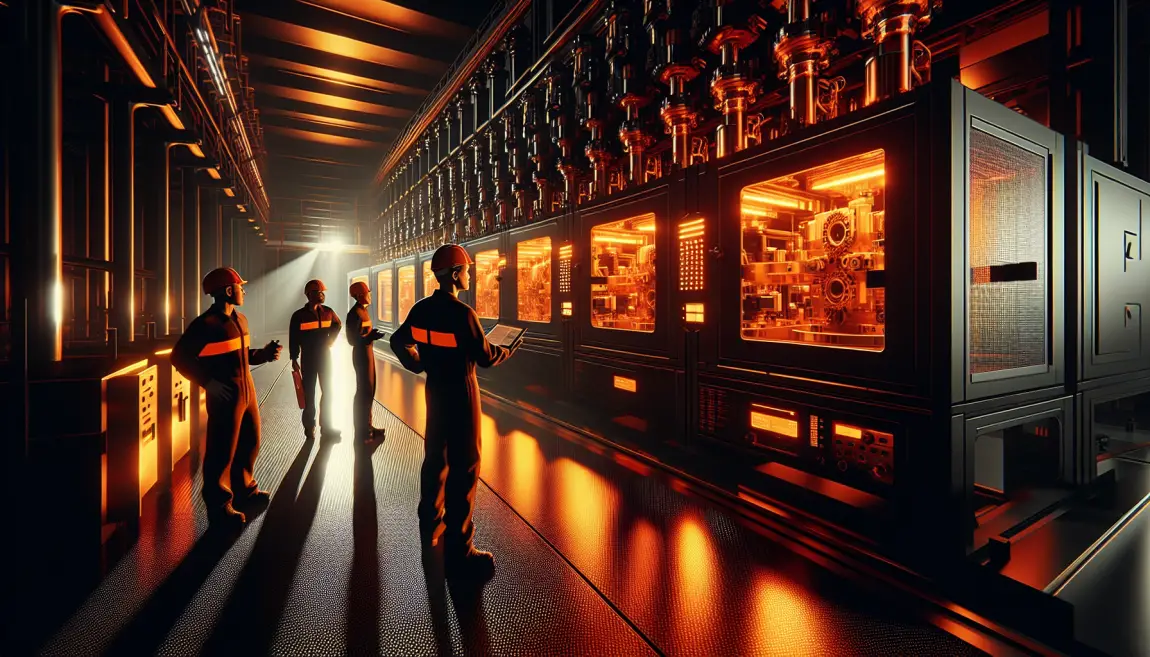Introduction to Scientific Injection Molding
The concept of scientific injection molding is a refined systematic approach aimed at optimizing the injection molding processes in industries such as aerospace. Pioneers like John Bozzelli, Rod Groleau, and John Beaumont have significantly contributed to our understanding, continually evolving these practices by integrating comprehensive data analysis. The fundamentals of this method involve being receptive to new ideas and adapting processes as our knowledge expands. It is essential to understand that the term scientific molding is not merely a buzzword, but a practical approach grounded in empirical evidence.
The Cushion Controversy
In injection molding, the cushion refers to the amount of plastic resin that remains in front of the screw during the injection phase. This residual resin plays a critical role by allowing continued pressure application, pivotal for achieving optimal cavity pressure. Varying schools of thought debate the necessity of maintaining a cushion. While some argue it is essential for stress reduction and enhancing part quality, others advocate for cushion-less processes, especially beneficial in molding thin-walled aerospace components where reducing stress is crucial to avoid warping.
Different machine designs measure and utilize cushion differently. It is not uncommon for machine manufacturers to use terms like screw end position or screw forward position, depending on their operational philosophy. For example, plunger-style machines designed for cushion-less operation bottom out the screw with each cycle, directly influencing the repeatability and robustness of the process based on part design requirements.
Impact of Cushion on Part Quality
Running a process with a cushion can sometimes lead to enhanced stress within the molded part due to the high pressures involved. This is particularly problematic in aerospace components requiring precise dimensional integrity. On the other hand, cushion-less processes can significantly minimize this stress, potentially reducing issues like warping in thin-walled parts. Despite these benefits, whether to employ a cushion should be dictated by the parts functionality and requirements rather than a one-size-fits-all approach.
Moreover, machines designed specifically for cushion-less operations, such as those for certain aerospace applications, can prevent excessive wear on the screw tip and barrel end cap, which traditional reciprocating screw machines might face. Thus, the choice of process setup should ideally derive from the specific needs of the part being molded, while also considering long-term durability and maintenance of the molding equipment.
Adapting Current Practices
The discussion on whether or not to use a cushion highlights the necessity for ongoing adaptation and innovation in injection molding practices. As technology evolves and further insights are gained, the processes we regard as optimal today might require alteration tomorrow. Therefore, maintaining an open mind and allowing data-driven results to guide our decisions will ensure the development of robust and repeatable parts that not only meet but exceed aerospace industry standards.
Conclusion
In conclusion, both cushion and cushion-less processes have their place in scientific injection molding, depending on the specific application and part requirements. It is imperative for professionals in the aerospace and injection molding sectors to continuously explore, innovate, and adopt best practices driven by empirical data and robust methodology.
About the author: Robert Gattshall possesses over 28 years of experience in the injection molding industry with a rich background in scientific molding techniques, further underscored by his certification in Lean Six Sigma. His expertise spans across multiple industries including automotive, medical, and aerospace, making him a revered figure in the field.



Leave a Reply